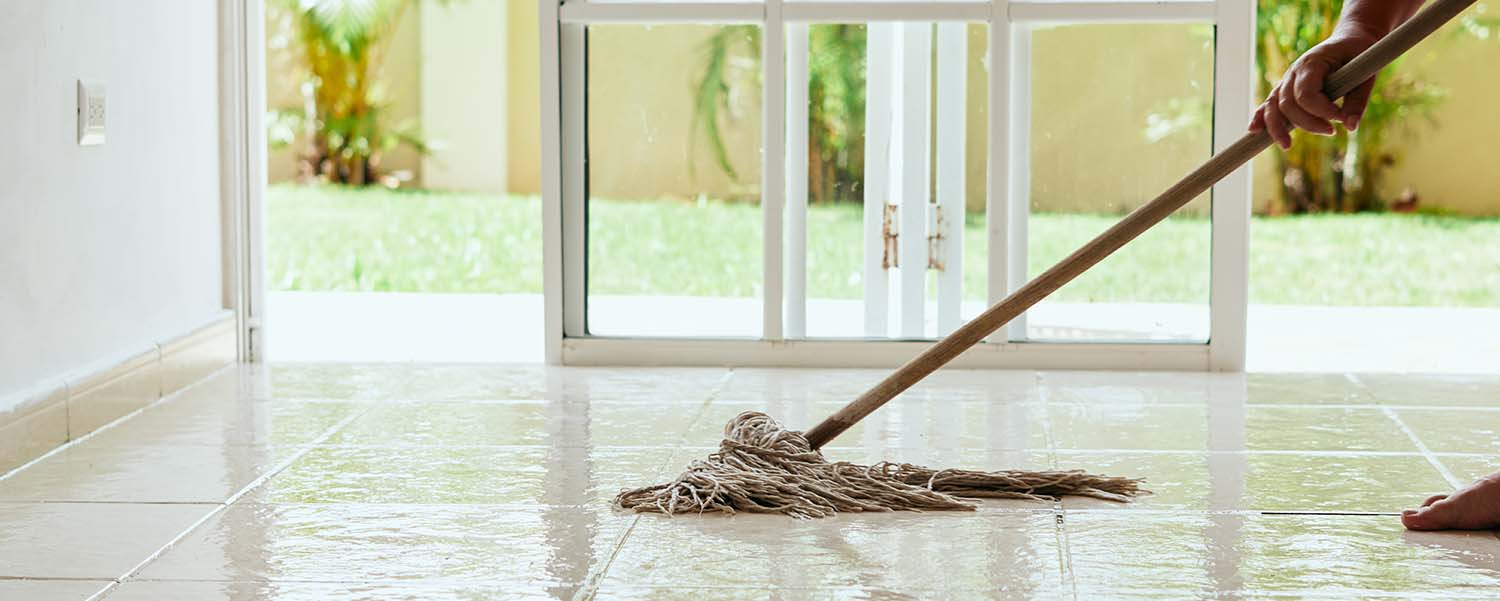Workloading: Finding the Right Balance

Cleaning represents 20 percent to 35 percent of the total maintenance and operations budget for nearly any type of organization. In other words, cleaning—whether performed in house or by a building service contractor (BSC)—is a big piece of the budget pie … and often a big target.
Within that cleaning slice, labor costs account for the largest share of total cleaning costs. And with companies today constantly under pressure to do more with less, facility service providers (FSPs) must be prepared to justify staffing needs. This includes having accurate answers to the following questions: How long does it take to complete a task or clean an area? How does changing task frequency affect cost and cleaning results? What happens to the bottom line when square footage is added or subtracted? What would a change in wages do to the overall budget? What is the best cleaning plan?
The process of workloading a building or cleaning job answers these questions by establishing a scope of work, staffing levels, and an accurate estimate of costs to perform the work.
Understanding the fundamentals of workloading and using the right tools allows FSPs to identify improvement opportunities and get the most out of their work forces. It also can help identify productivity strengths and weaknesses and support or justify job bids. Meanwhile, the distributor that can help its clients learn an effective workloading process—such as the one below—will be the supplier that is called to fill the increased orders that result from accurately priced, supplied, and staffed jobs.
Many people in our industry believe they can walk into a facility and, based on their experience, quickly determine how many hours or employees, or how much product is needed to effectively clean the building. This guesswork is neither a reliable nor an accurate method for developing a staffing plan. Relying on the way you’ve always staffed the building isn’t going to cut it either. Even if you do produce estimates that appear correct, your figures cannot be relied on or defended because they are not data driven.
Clean the Slate
Before starting the workloading process, you must forget everything you know for now. Forget your staffing numbers, labor hours, and current scope of work. You may come back to these numbers later to see if you’ve improved after following these four workloading steps.
Step 1: Take inventory. Determine total amount of cleanable space in the facility or building. Not to be confused with gross square feet, cleanable space is only the area that is actually cleaned. The best ways to get an accurate measure of cleanable space is to look at the building’s architectural drawings (assuming that they are correct) or to physically measure and categorize each area. Your goal is to get a precise number of square feet for each cleanable surface by floor type for each area (i.e. 15,000 square feet of carpeted general office space).Also, make note of cleanable surfaces and objects in each space that may not be accounted for within the square footage, such as desks and chairs.
Step 2: Determine tasks and frequencies (scope of work). Break tasks down into three categories—daily, detail, and project. Examples of daily tasks include cleaning restrooms, emptying trash, and vacuuming. Detail work, including high dusting and spot cleaning, is usually specifically scheduled. Project work occurs less frequently—weekly, monthly, or annually—and includes carpet and upholstery cleaning and floor stripping.
Next, assign a frequency to each task. The frequency is the number of times per year that the task needs to be performed. For example, a task that is performed five days per week is performed 260 times per year (five times per week multiplied by 52 weeks).
Together, your task list and annual frequencies make up the scope of work.
Step 3: Calculate labor hours. Once you have a scope of work, you can determine how many labor hours are needed to clean each area by assigning a cleaning time or production rate to each task. (You can calculate cleaning times by conducting your own time-motion studies or by consulting resources from associations, such as ISSA’s 612 Cleaning Times that provides average cleaning times for common cleaning applications.) For example, let’s say the task of vacuuming all carpeted floors in a 15,000-square-foot area is to be performed 260 times a year and its production rate is 10,000 square feet per hour. If you divide the area square feet by the task production rate (15,000 square feet /10,000 square feet per hour) you will get the task time, which is 1.5 hours. Calculate annual time in hours by multiplying the task time by the annual frequency (1.5 hours x 260) to get 390 hours per year. Repeat this process for each task and each area of the building.
Step 4: Determine labor cost. Once you have figured the total annual time in hours needed to clean each area, you can then find out your labor cost by multiplying the total hours by the wage rate. You may like to include an additional percentage for taxes, insurance, and benefits. Final cost also should include supply costs, equipment depreciation, miscellaneous job costs (background checks, drug testing, mobile phones, uniforms, etc.), overhead, administration, and profit.
Simplify With Software
Whether you manage an in-house cleaning operation, outsource the services, head up a cleaning business—or sell to any of these groups—knowing the number of labor hours is key to effective management. Calculating these numbers faster and more easily is even better.
Many software tools are available today to streamline the workloading process while providing much more. Software can help build a cleaning plan, work the plan, measure results, and help organizations continually improve. Some tools track supplies and equipment, capture employee training and work history, and schedule cleaning tasks as well.
Software can also help BSCs win more bids by creating professional bid documents with a detailed breakdown of how the numbers are calculated. Jotting down a few numbers on a piece of paper is no longer sufficient. Workloading software can ensure that jobs are estimated properly so BSCs do not lose money (underbid) or customers (overbid).
Software also is configured to calculate everything automatically, taking into consideration traffic patterns and types of equipment used to provide more accurate results. Customers looking for answers to questions such as “What if we reduced this task frequency to one less day per week?” can find out accurately and quickly from a BSC with software.
Make Better Decisions
There are many ways cleaning managers can use the data collected during the workloading process. With square footage, cleaning times, and tasks calculated, managers can note areas where their facilities or cleaning jobs might be overstaffed or understaffed. If necessary, they can shuffle staff to increase performance and reduce labor hours. Even if managers find they already have a pretty accurate number of workers in each area, the workloading process helps validate staffing levels, especially when they are under scrutiny.
In addition to collecting data, workloading reports are excellent tools in the boardroom for justifying a budget request or backing up the need for an additional full-time employee.
A cleaning business or department is only as good as your work force, and cleaning managers are only as good as their task-management skills. By putting proper workloading to use, you can be a great cleaning manager, get the most out of your work force, and improve your cleaning business or department and profit. And as an informed distributor, you an help your clients meet these workloading goals.
















